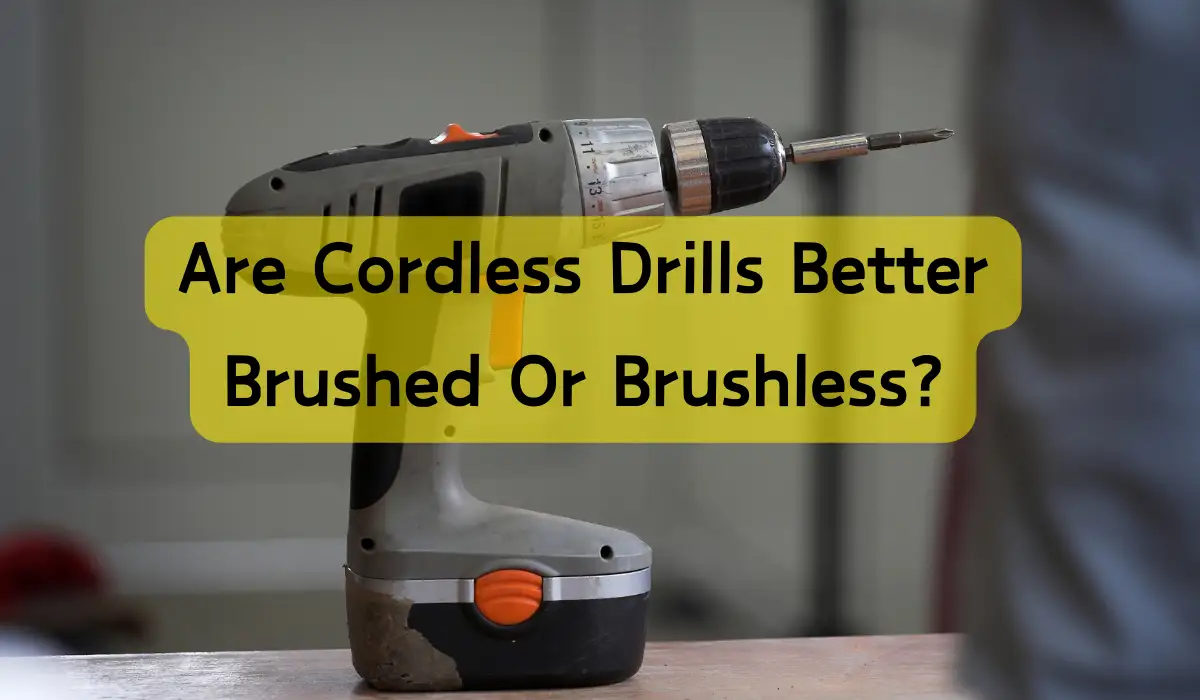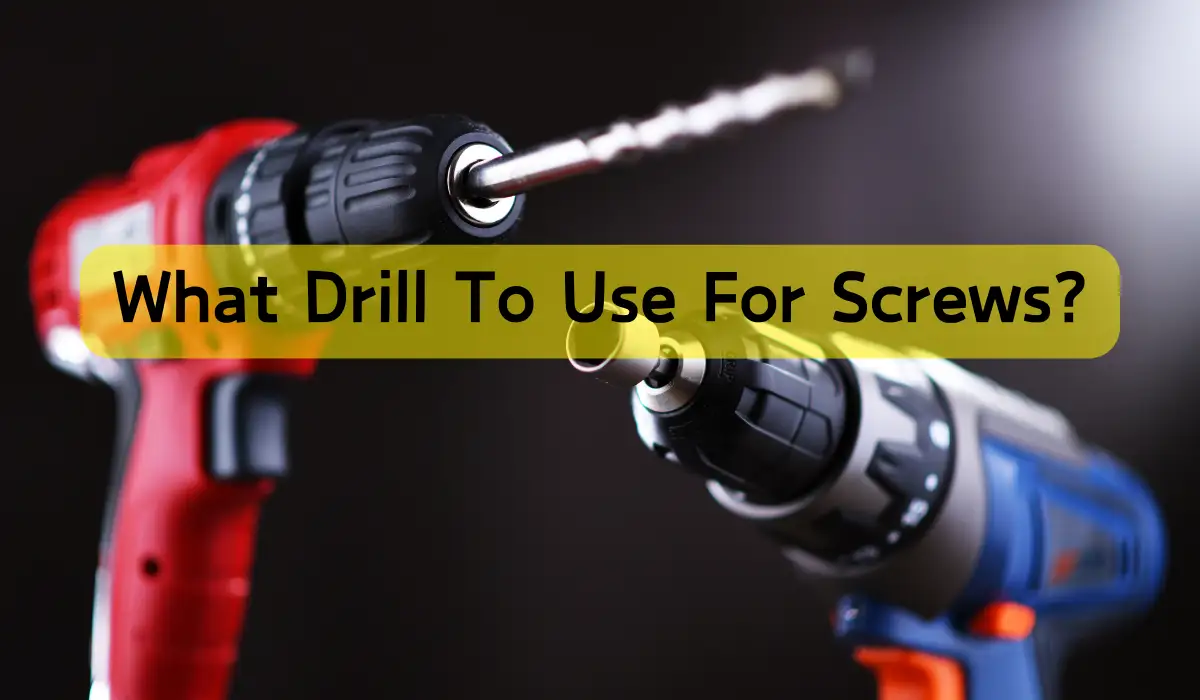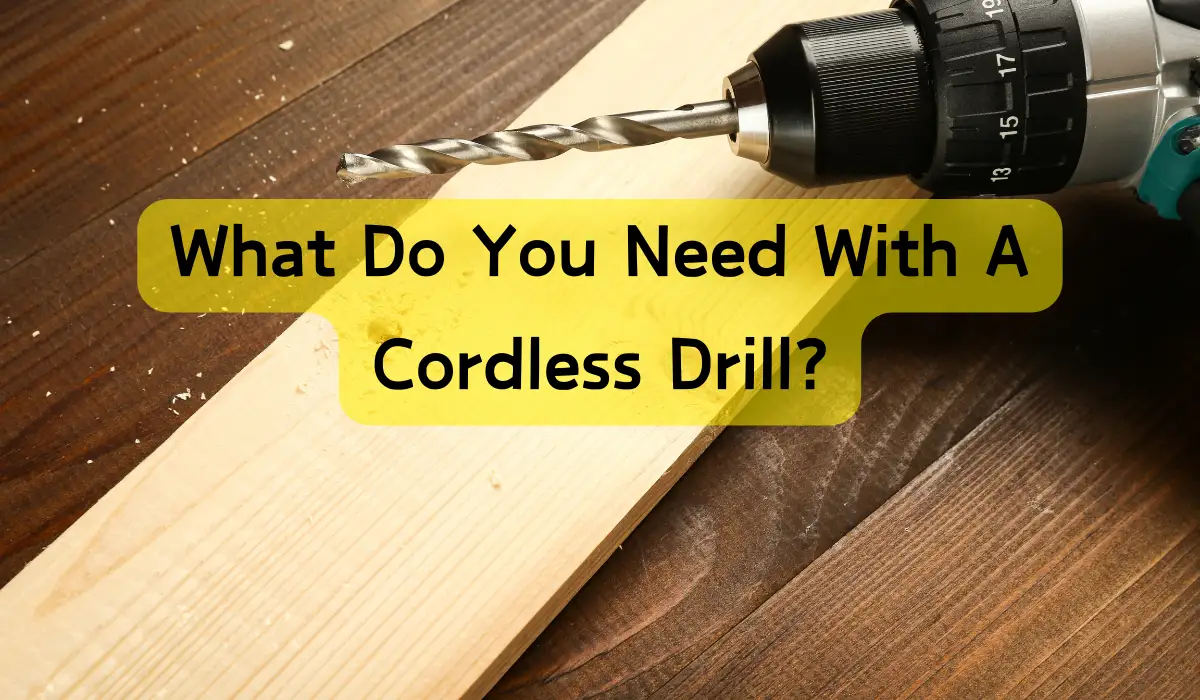You’re wondering if your cordless drill is better off with a brushed or brushless motor. The answer lies in your needs and preferences. Brushed motors are affordable, easy to maintain, and suitable for light tasks, but they’re less efficient and more prone to wear and tear. Brushless motors, on the other hand, are more efficient, reliable, and quieter, making them ideal for heavy-duty projects. They’re more expensive, but they’ll give you more power and last longer. To make an informed decision, you’ll want to weigh factors like efficiency ratings, lifespan, and maintenance requirements. There’s more to explore when it comes to choosing the right motor for your drill.
Jump to
Key Takeaways
• Brushless motors are more efficient, reliable, and durable than brushed motors, making them a better choice for heavy-duty projects and professional use.
• Brushless drills have a longer lifespan, are quieter, and produce less vibration, making them ideal for frequent or prolonged use.
• Brushed motors are more affordable and easier to maintain, making them suitable for light tasks and DIY projects.
• Brushless motors have higher torque and a higher power-to-weight ratio, making them more suitable for demanding tasks and applications.
• When it comes to cordless drills, brushless motors provide better performance, longer runtime, and faster charging, making them a better option overall.
Understanding Brushed Motor Technology
When you enter the world of cordless drills, you’ll likely come across brushed motor technology, a fundamental component that plays a crucial role in determining the tool’s performance and overall efficiency.
Brushed motors are the traditional type of motor used in cordless drills, and they’re still widely used today. They work by using a combination of magnets and a commutator to generate power. The commutator is a mechanical switch that reverses the direction of the current flowing through the motor windings, creating the rotational motion.
As you use your cordless drill, the brushed motor relies on the friction between the brushes and the commutator to function. This friction generates heat, which can lead to wear and tear on the motor over time.
Despite this, brushed motors remain popular due to their affordability and ease of maintenance. They’re also relatively simple in design, making them easier to repair or replace if needed.
Brushless Motor Advantages Explained
By ditching the brushes and commutator, brushless motors eliminate the friction and heat buildup that can shorten the lifespan of your cordless drill, making them a more reliable and efficient option.
You’ll notice that brushless motors are generally quieter and produce less vibration, which can reduce fatigue and make drilling more comfortable.
Another significant advantage of brushless motors is their ability to adjust speed and torque according to the task at hand.
This means you’ll get more power when you need it and conserve energy when you don’t.
As a result, you’ll experience longer battery life and faster charging times.
Additionally, brushless motors are more resistant to dust and debris, making them perfect for harsh job site conditions.
Overall, the benefits of brushless motors make them an attractive option for professionals and DIYers alike.
Comparing Motor Efficiency Ratings
Evaluating motor efficiency ratings is essential to understanding how much power your cordless drill can deliver, and a higher rating often translates to more runtime and faster charging. When you’re shopping for a cordless drill, you’ll likely come across efficiency ratings like ‘80% efficient’ or ‘90% efficient.’ But what does that mean, exactly?
To put it simply, a higher efficiency rating means the motor is better at converting the battery’s energy into actual power. Here’s a rough breakdown of what you can expect from different efficiency ratings:
| Efficiency Rating | Performance Impact |
|---|---|
| 70-80% | Average performance, decent runtime |
| 80-90% | Good performance, longer runtime |
| 90-95% | Excellent performance, extended runtime |
| 95%+ | Exceptional performance, maximum runtime |
As you can see, even a small bump in efficiency can make a big difference in your drill’s performance. When choosing a cordless drill, look for a high efficiency rating to guarantee you’re getting the most bang for your buck.
Lifespan and Durability Factors
You’re investing in a tool that’ll be your trusted companion for years to come, so it’s vital to know what to expect.
In general, a well-maintained cordless drill can last anywhere from five to ten years, depending on usage and storage conditions.
Brushless drills tend to outlast their brushed counterparts, thanks to their reduced heat generation and fewer moving parts.
However, you need to think about other factors that impact your drill’s lifespan.
Battery quality, for instance, plays a significant role. A high-quality battery can retain its charge and performance over time, while a low-quality one might degrade quickly.
Storage conditions, such as extreme temperatures or humidity, can also affect your drill’s durability.
Furthermore, the quality of the drill’s construction, including the motor and gearbox, will influence its overall lifespan.
Maintenance and Repair Differences
As you’ve considered the factors affecting your cordless drill’s lifespan, you’ll want to know how to keep it running smoothly, and what to do when it doesn’t.
When it comes to maintenance, brushed motors require more attention than their brushless counterparts. You’ll need to regularly clean the brushes and commutator to prevent wear and tear, which can be a messy and time-consuming process.
In contrast, brushless motors are virtually maintenance-free, with fewer moving parts and no brushes to replace.
When repairs are needed, brushed motors are generally easier to fix, with more accessible parts and a simpler design. However, this also means that they’re more prone to damage from overheating and wear.
Brushless motors, on the other hand, are more complex and may require specialized tools and expertise to repair. While this can be a drawback, it also means that they’re less likely to break down in the first place.
Power and Performance Comparison
You’ll get more done with a brushless motor, which typically delivers more power and torque than its brushed counterpart, thanks to its advanced technology and more efficient energy conversion.
This means you’ll be able to tackle tougher tasks and heavier loads with ease, making it ideal for heavy-duty projects. On the other hand, brushed motors can struggle with demanding tasks, leading to reduced performance and efficiency.
When it comes to speed and control, brushless motors have the upper hand. They offer more precise speed control and a wider range of speed settings, allowing you to tailor your drilling experience to the task at hand.
Brushed motors, on the other hand, often have limited speed settings, making it harder to achieve the desired results.
In terms of runtime, brushless motors are also more efficient, providing longer battery life and reduced downtime.
This means you can work for longer periods without needing to recharge, making them perfect for projects that require sustained effort.
Cost and Value Analysis
With a brushless motor‘s clear advantages in power, speed, and runtime, the next deliberation is whether the added cost is justified by the benefits it provides.
As you weigh your options, you’ll likely notice that brushless drills tend to be pricier than their brushed counterparts. On average, you can expect to pay around 20-30% more for a brushless drill.
However, vital to keep in mind is the long-term value you’ll get from a brushless motor. With its increased efficiency and longer lifespan, you’ll likely replace your drill less often, saving you money in the long run.
When calculating the cost, ponder the cost per use. If you’re a heavy user, the increased cost of a brushless drill might be justified by the extended lifespan and reduced maintenance.
On the other hand, if you’re an occasional DIYer, a brushed drill might be a more cost-effective option.
Ultimately, key is to assess your needs and weigh the benefits against the added cost. By doing so, you’ll make an informed decision that meets your budget and drilling requirements.
Choosing the Right Motor Type
When selecting a cordless drill, determining the right motor type for your needs is crucial, and it’s imperative to weigh the trade-offs between brushed and brushless motors.
You’ll want to examine your budget, the type of projects you’ll be working on, and your personal preferences.
Brushed motors are generally more affordable and easier to maintain, but they can be less efficient and noisier.
On the other hand, brushless motors are more efficient, quieter, and tend to have a longer lifespan, but they’re often pricier.
As you weigh your options, think about the tasks you’ll be using your drill for most often.
If you’re a casual DIYer or only need a drill for light tasks, a brushed motor might be sufficient.
However, if you’re a professional or plan to use your drill for heavy-duty projects, a brushless motor might be the better investment.
Take into account your priorities and make an informed decision based on your specific needs.
Frequently Asked Questions
Can I Replace a Brushed Motor With a Brushless Motor in My Drill?
You can try replacing your drill’s brushed motor with a brushless one, but it’s vital to verify compatibility and consider factors like voltage, RPM, and mounting before making the swap.
Do Brushless Drills Require More Maintenance Than Brushed Drills?
You’ll be happy to know that brushless drills generally require less maintenance than brushed drills, since they have fewer moving parts and no brushes to wear out or replace.
Are Brushless Motors More Prone to Overheating Than Brushed Motors?
You might wonder if brushless motors are more prone to overheating than brushed ones. Actually, brushless motors tend to run cooler since they don’t have brushes generating heat through friction, making them less prone to overheating issues.
Can I Use a Brushless Drill in Cold Temperatures or Extreme Weather?
You can use a brushless drill in cold temperatures, but extreme weather conditions may affect its performance. Typically, they operate best between 32°F and 104°F (0°C and 40°C), but some models are designed to handle colder or hotter temperatures.
Are Brushless Drills Compatible With Older Drill Accessories and Bits?
You’ll be happy to know that most brushless drills are compatible with older drill accessories and bits, but you should always check the manufacturer’s specifications to guarantee a seamless fit and peak performance.




